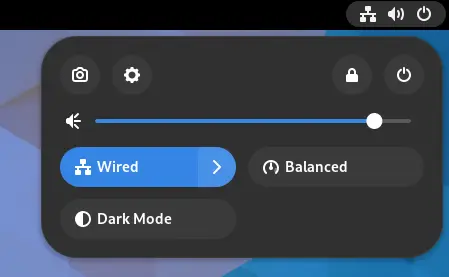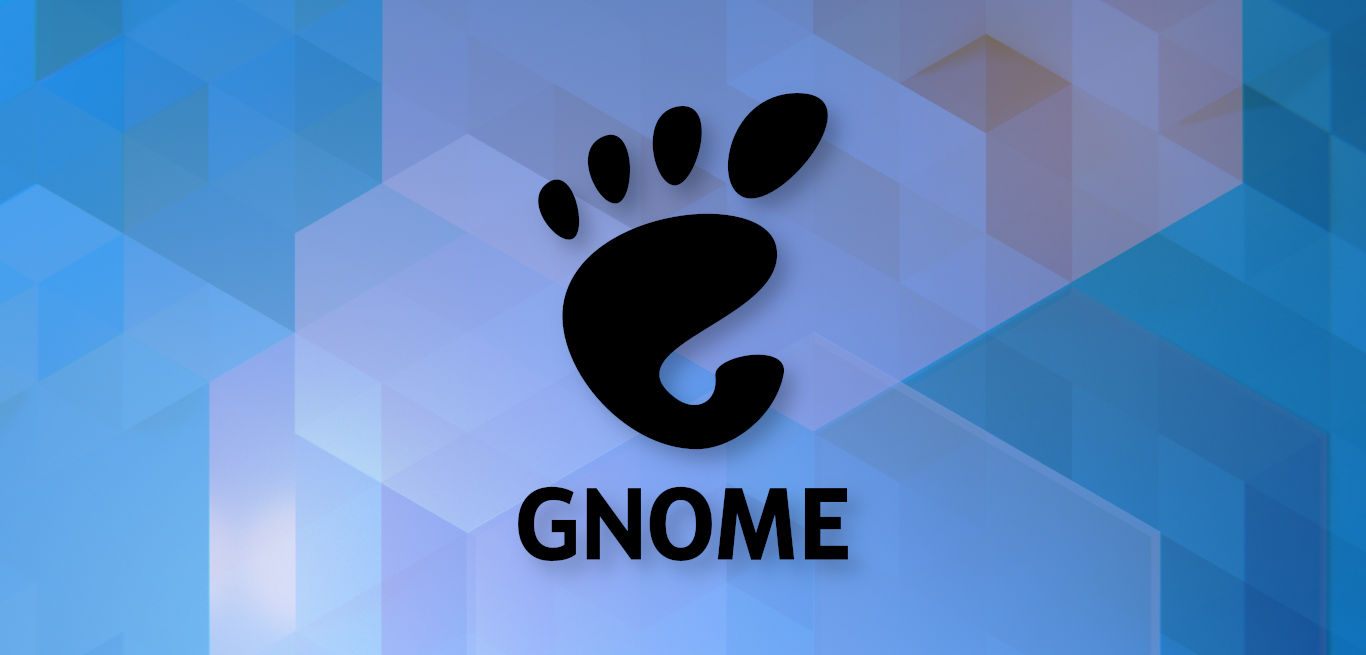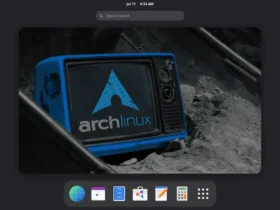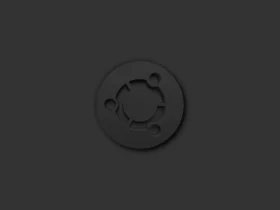GNOME Desktop version 43 is finally released! Which, will be default in the upcoming Ubuntu 22.10, and Fedora Workstation 37.
GNOME 43, code-named “Guadalajara”, features a new “Device Security” page under “Privacy” settings. It displays if Secure Boot enabled or not and information about the security status of your physical hardware.
The top-right corner system status menu now is Quick Settings. Which, has a clean UI to quickly toggle and take a glance at night light, dark and light mode, and performance mode status.
And, it displays a few buttons to launch ‘Gnome Control Center’, ‘Screenshot UI’, and lock screen. While, more options are hidden under expanded menu.

More GNOME core apps are now ported to GTK4. They include the Files, Maps, Logs, Builder, Console, Initial setup, and Parental Controls.
GNOME Files (aka Nautilus) now is adaptive UI, meaning it automatically adjust its layout (such as show/hide sidebar) according to the window size.
The release also redesign About and properties dialog to display information with a new previous/next pages style. And, ‘Open With‘ options are now grouped into sub-menu.

Other changes in GNOME 43 include:
- Switch between multiple sound devices via system status menu.
- Webp image support out-of-box.
- Show info bar in “Public” folder, to quickly open Share Settings.
- Middle click to open folder in new tab.
- Add “Open in Console” context menu option.
- Add WWAN 5G connection support
- “Undo” pop-up when deleting files is now in the bottom.
- Add Web apps support for GNOME Web.
- Ability to update extensions without Gnome Extensions app, while only Extension Manager.
For more about the new desktop, see the official release note.
Get GNOME 43
The new desktop will come along with Ubuntu 22.10 & Fedora 37. Though, user can grab the iso image via link below, and install it either in virtual machine or real hardware.

























Recent Comments